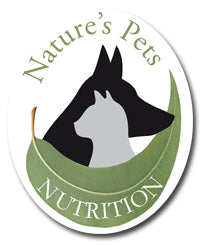Burdock
BOTANICAL NAME: Arctium lappa
COMMON NAME/S: Great burdock, lappa, beggar’s buttons, cockle buttons, dock
FAMILY: Ateraceae
PART/S USED: Roots and rhizome
 MEDICINAL USE/S:
MEDICINAL USE/S:
Very useful in the treatment of skin conditions, especially where there is dry scaly skin. As an alterative it helps return the body to balance, with actions on the digestive system and kidneys. As a poultice it can be used to treat skin conditions and wounds.
| ACTIVE CONSTITUENTS: |
THERAPEUTIC ACTION/S: |
VETERINARY INDICATIONS: |
INDICATIONS: |
- Lignans, including arctigenin, its glycoside arctiin, and matairesinol
- Polyacetylenes, in the root, mainly tridecadienetetraynes and tridecatrienetriynes, with the sulphur-containing arctic acid
- Amino acids
- Inulin
- organic acids, fatty acids and phenolic acids; includingacetic, butyric, isovaleric, lauric, myristic, caffeic and chlorogenicacids
|
- Alterative
- Diuretic
- Bitter
- Depurative
- Mild laxative
- Antioxidant
- Anticancer
- Mildly antiseptic
|
- Chronic skin disorders
- Coughs in cats
- Arthritis
|
- Dry, scaly skin
- Psoriasis
- Rheumatic complaints
- Anorexia nervosa
- Cystitis
- Dandruff
- Wounds
- Eczema
- Urticarial
- Acne
- Arthritis
- Gout
|
REFERENCES:
Hoffman, D. 1983, Holistic Herbal – A safe and practical guide to making and using herbal remedies, Thorsons, London.
Wynn, S. 2007, “Veterinary Herbal Medicine”, Mosby Inc, Missouri

 MEDICINAL USE/S:
MEDICINAL USE/S:



